My friend John once bouldered eight days in a row on the steep, sharp volcanic rock of Hueco Tanks, Texas. “Eighth day on, V8!” I remember him bragging jokingly that night back at camp after he’d sent a V8/7B, displaying swollen forearms ropey with veins and hands so bloody it looked like he’d shoved them into a blender. But here’s the thing: at the time, John was 18 years old and could get away with that sort of stuff, and he’s always been tough. But most of us aren’t 18 and aren’t so tough; we need actual rest days.
In fact, without rest we simply don’t recover—our muscles don’t rebuild and our tendons and ligaments get cranky, risking tweakage the next time we climb. It’s a downward spiral that lots of newer climbers and even overstoked veterans can fall into, hitting the gym or the rock day after day after day because they’re just so psyched. Until, eventually, they get injured or experience chronic poor health.
Recovery matters. It’s something to take just as seriously as other aspects like training, diet, and equipment. While there are lots of ideas out there, some dogmatic, about how to spend your recovery time, I’ve found it best in my 37 years of climbing to have an arsenal of recovery tools and tactics that I tailor to how tired or sore I am on a given rest day, and that let me either be “full slug” (lying around refueling and doing nearly nothing—it’s very rare that I do this), do some “active recovery” (light exercise to get the blood going), or even go “gung ho” (pushing harder with yoga, core, and other activities to tune the body up). The key is to see where you’re at, always address tight and pumped spots, and move your body at least once in the 30–60 percent effort range for your energy level that day, to prevent whole-body stiffness from setting in.
Forearm Massage
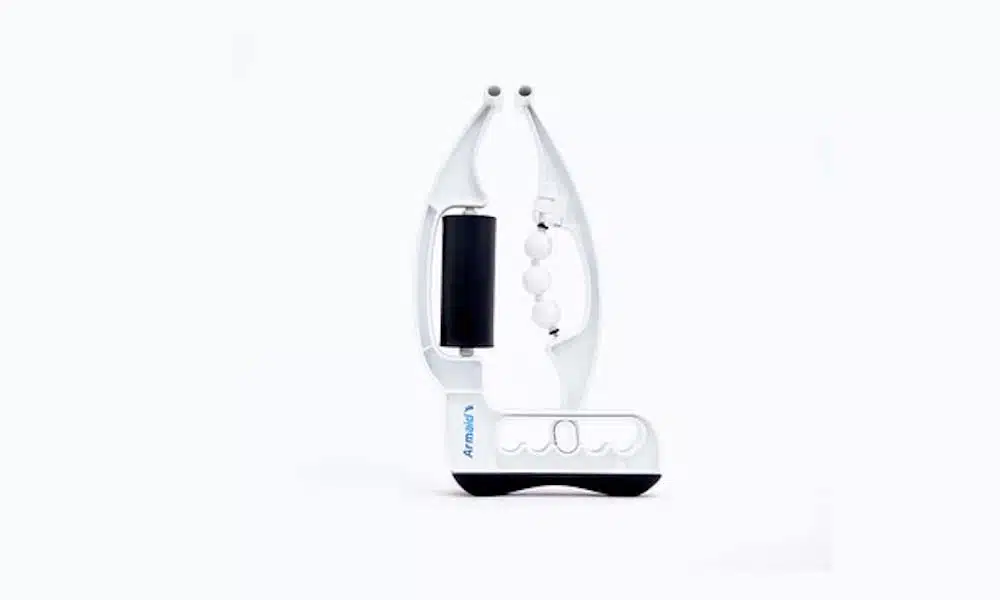
Giving your forearms a deep massage is a great way to release tight or strained muscles and encourage fresh blood into the overtaxed area, flushing away the built-up lactic acid that makes you feel “pumped.”
The best tool I’ve found is the Armaid, which was originally designed for massage therapists but has developed a cult following with climbers. I’ll iron out devastated forearms, squeezing the device tightly while flossing my arm back-and-forth and opening and closing my fist. I use the stiff, two-white-one-yellow ball roller, but other rollers may work better for you, and you can use this and other rollers to address pressure points. Massage your forearms for 10–20 minutes total, slowly working up to that duration if you’re new to the Armaid.
Alternately, you can massage your forearms using your knee: kneel on the floor and drive your kneecap down into the arm on the same side, kneading, rolling, and releasing. (This is a good technique at the rock, too.)
Big-Muscle Massage
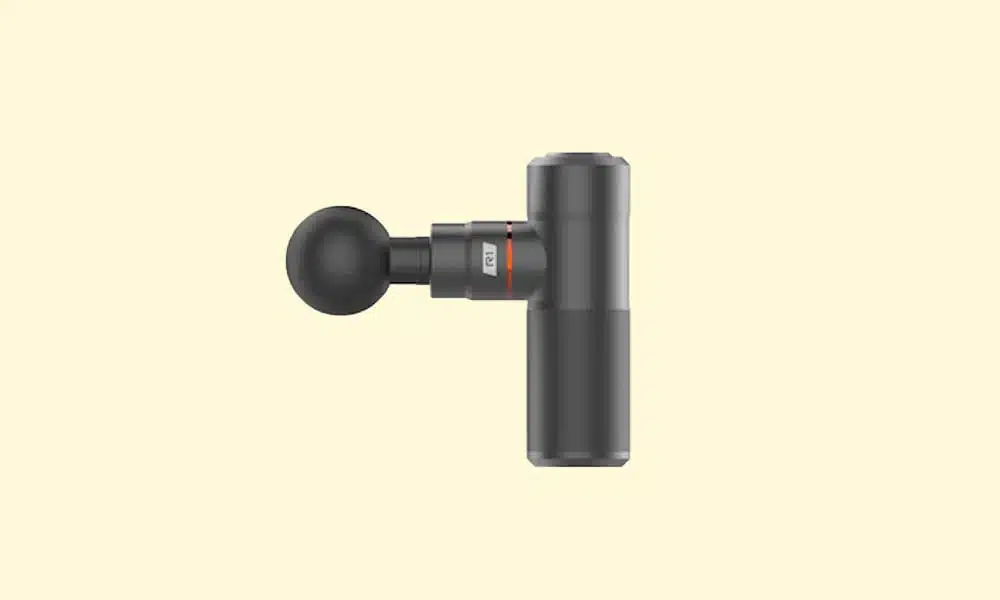
You may also want to knead the larger muscle groups, like your biceps, latissimus dorsi, and other back muscles. For areas you can reach like your biceps, forearms, quadriceps, and calves, an electronic massager like the Theragun is a great tool, as is the R1 Percussion—and you can have a friend or partner use it on your back. If you’re solo, lie face-up on a lacrosse or croquet ball on the floor and roll back and forth slowly on pain points and/or use a foam roller. Three to ten minutes each with the massage gun and the ball/roller should do the trick.
Stretching

Really, you can’t go wrong with stretching—long (30–60 second), slow, static holds are best on rest days. Here are a few stretches fundamental for sore climbers:
Shoulders
- Reach your arm across your chest, pulling against the elbow with the other hand to open the back of your shoulder. Do both arms, three times each.
- Hold your arms outstretched in front of you and link your fingers, palms facing toward you; turn your hands away from you and stretch your arms overhead, pushing your palms toward the ceiling. Do this three times.
Pectorals
- Stand by an outside corner where two walls meet, arm up at 90 degrees as if hailing a taxi; push your palm flat against the wall and rotate away from it to open your chest. Do both arms, three times each.
Hips
- One-Legged Pigeon Pose: Bring one leg out in front of you, knee bent to your comfort level. Slowly fold over the leg and rest your head on your forearms or on a yoga block for 1 minute. Repeat on the other side.
Eating and Supplements for Recovery

Your sore muscles need to rebuild on your rest day, which also means you need to eat well, with a focus on whole foods (veggies, fruits, whole grains) and getting enough protein. My most trusted source on this—the nutritionist, climber, and podcaster, Neely Quinn—writes that climbers should be getting about 20–25 percent of their daily caloric intake in the form of protein. This is likely more than all of us are already eating, and may not be easily attainable for some, especially vegans, but the goal is to try. Good sources include poultry, pastured beef, nuts and nut butters, cheese, and the vegan staple of rice + beans or vegan proteins like tofu, tempeh, and seitan.
Another good protein source is a protein shake/supplement, which could stand in for a light rest-day meal (breakfast or lunch) or as a snack or pick-me-up.
Hydration
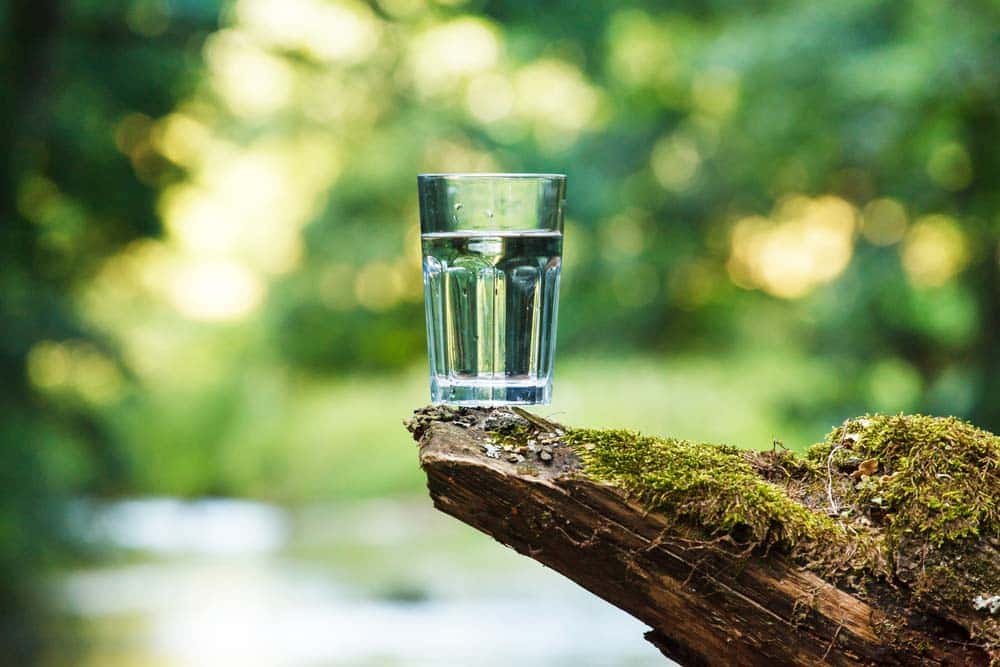
It’s important to be well-hydrated for recovery. Good, old water always works as does herbal tea, but if drinking caffeine-containing diuretics like black tea or coffee, aim to offset each 8 oz cup of tea/coffee with 8 oz of water. Also, avoid alcohol: it’s a diuretic in addition to its many other problematic effects (full of sugar, hard on the liver); if you must drink, do it in moderation the night before your rest day, but not the night before your next climbing day.
For electrolyte replacement, sports drinks like Gatorade can be tempting, but many are basically high-sugar desserts in liquid form, providing way more glucose than you need if not actively working out. Instead, try this low-sugar, high-electrolyte energy drink recommended by the nutritionist Neely Quinn, host of The TrainingBeta Podcast.
Honey-Lemon Thirst Quencher
60 calories and 17 grams of carbs per cup. No fat, no protein, 119 mg of sodium, 85 mg of potassium; recipe makes 2 liters (8 cups).
Combine one-half cup raw honey, one-half teaspoon sea salt, one quarter-cup fresh lemon juice, and 7.5 cups lukewarm filtered water (the warm water melts the honey). Mix the ingredients to dissolve the honey and then let the beverage chill in the refrigerator.
Sleep
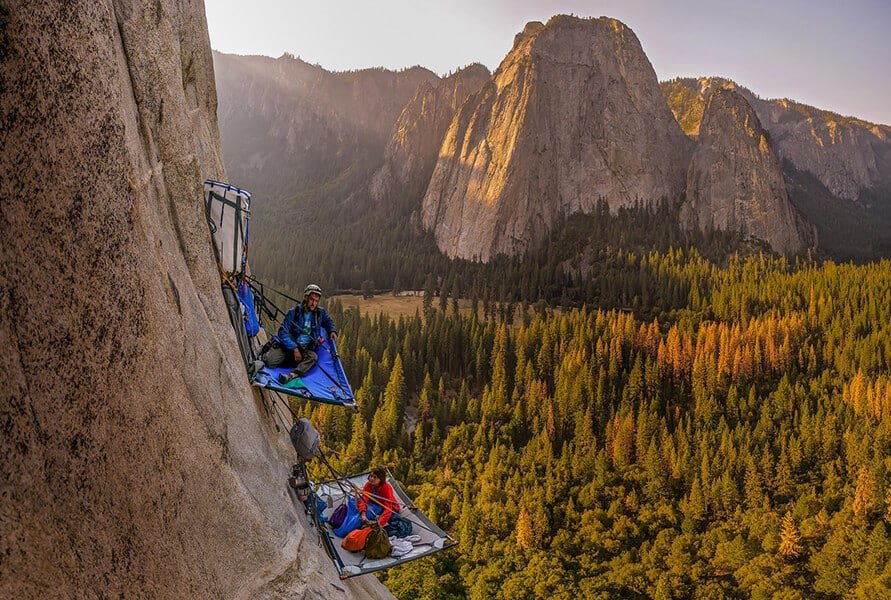
Good sleep is important for recovery, but life being what it is—stressful and busy—it can also be a luxury. If you can get a solid eight hours after climbing, great. You’ll recover optimally. If you don’t, or even sleep poorly before a climbing day, don’t sweat it—anxiety over missed sleep just makes you climb even worse. Even the unstoppable Paige Claassen has insomnia; only once she accepted it as part of her life and decided she’d go climbing anyway did a poor night’s sleep lose its power to scare her.
That said, sometimes you go so hard out climbing that, paradoxically, it’s hard to sleep that night because you’re restless, overactivated, and sore. In that case, and if you’re in a zombie-like fog the next day, don’t hesitate to nap—just do what your body is telling you. The day after my final push of a four-month training cycle, I took three naps—and it still didn’t feel like enough!
Active Recovery
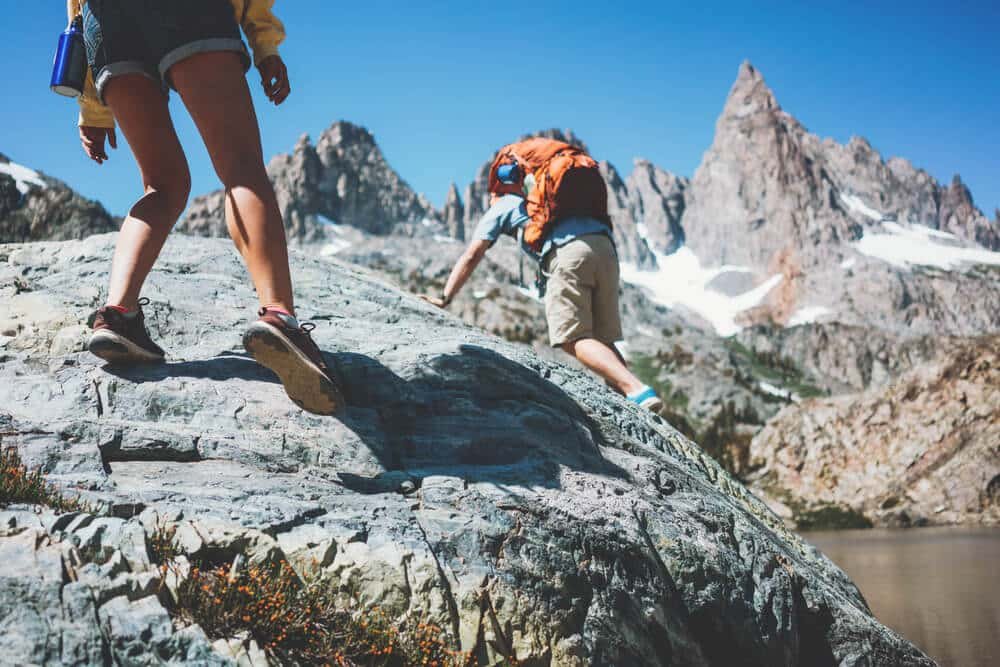
I must move my body every day, especially after climbing, or I stiffen up. Thus, I always do some light aerobic activity—emphasis on the word light. As I wrote above, you don’t want to push past 60 percent of your energy level on a given rest day, or you risk compromising your recovery. Be wary also of activities like mountain biking, steep hikes, and trail running that hammer your quadriceps and glutes and use up all their stored glycogen; I’ve started way too many climbing days with “heavy legs” that made me feel like gravity had gotten two times stronger after an overstoker rest day.
The best active-recovery exercise I’ve found is walking: It gets you outside, it moves your limbs around and circulates blood, and it’s low-key and low-stress. (Because I have a dog, I’m out walking every day anyway). I aim for 1–1.5 hours, walking at a 3–4 mph pace on relatively flat ground—just enough to get the heart pumping, but not so fast I’m winded. This is also a good time to listen to climbing podcasts and fuel the stoke!
Gung Ho Rest Day!
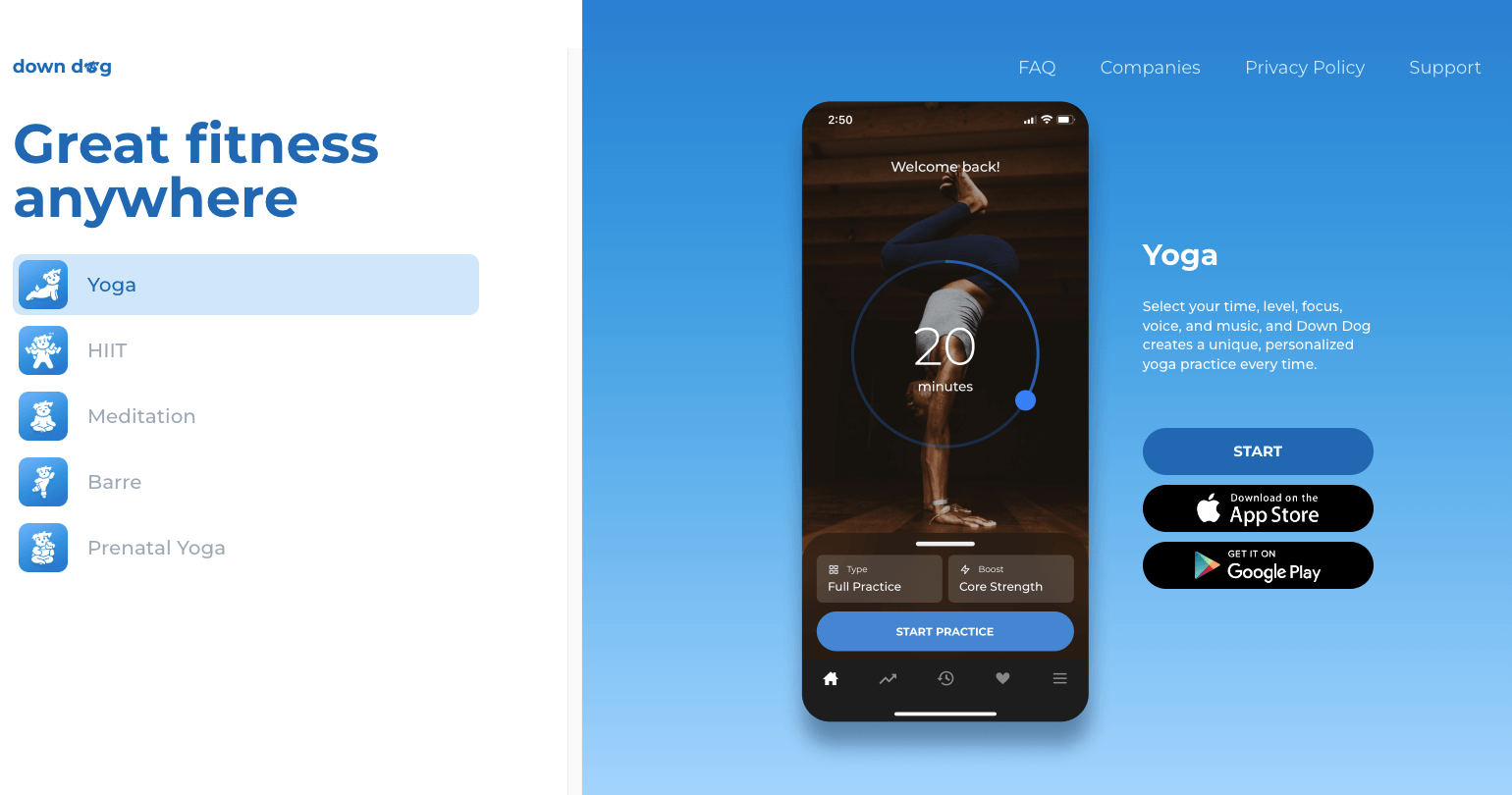
Finally, if you’re feeling frisky on a rest day—maybe you didn’t totally destroy yourself out climbing—you can do some basic strengthening to get the blood moving. I’ll do 60–100 pushups in sets of 12–20, around 10 minutes of core, and 40–60 minutes of power or vinyasa yoga, all spread across the day.
The brilliance of yoga is that it combines light aerobic activity with stretching, and I’ve found twisting poses (Revolved Triangle, Twisting Chair, Exalted Warrior, Revolved Crescent, Revolved Half Moon) to be especially good at releasing climbing-hammered muscles and tight fascia.
YouTube and the Down Dog app are great places to start. If new to yoga, look for 20–30 minute classes and/or 30-day yoga challenges, in which instructors teach increasingly more advanced poses and skills with each subsequent day—you don’t want to overdo it. If you’re an experienced yogi/yogini, check out the many tougher classes posted by Travis Eliot or his wife, Lauren Eckstrom, as well as Ieva Luna’s channel, which features yoga for climbers.



